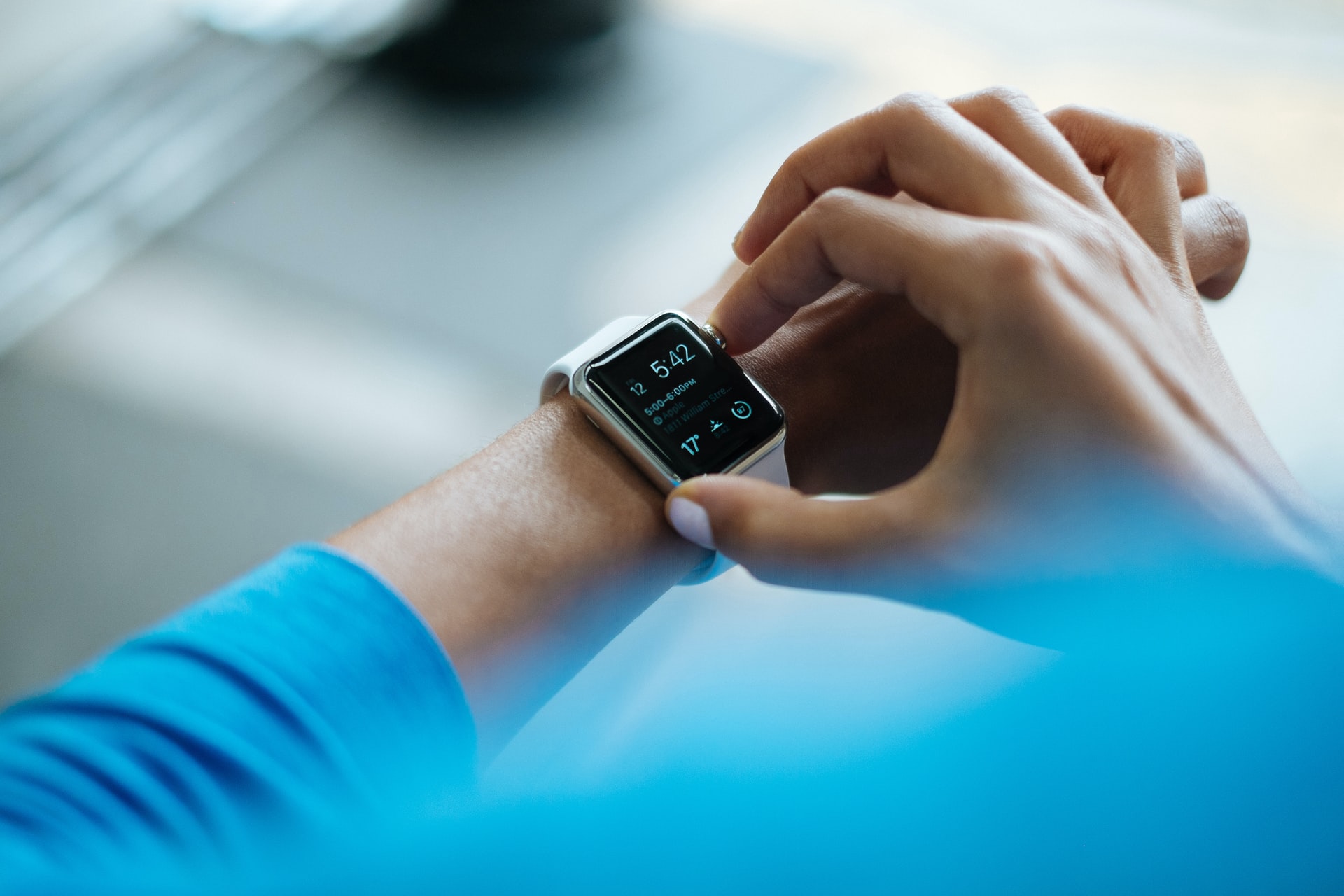Tech small devices are generally getting smarter, and the medical niche is not an exception to this advancement. Therefore, designing small medical devices is becoming a priority to improve protection, aid accessibility of every individual to essential medical devices, and improve comfort while also helping the user stay stylish.
However, designs must improve to ensure flexibility, lightweight, real-time transmission, low profile, and comfort. Also, there is a need to ensure more innovative designs and uncompromised functionalities as smart tech medical devices continue to advance. This simple guide helps you to understand how the design of small medical devices has become a priority in the medical device industry and the latest trends in small medical devices.
How Design of Small Medical Devices Has Become a Priority in The Medical Device Industry
One of the primary goals of medical practitioners, including doctors, is to take non-critical diagnostic and therapeutic procedures out of the clinic. Similarly, the inventors also want to create comfortable digital distance-care opportunities and improve access to basic medical devices. These two interwoven goals validate the idea of creating small medical devices.
The medical device manufacturing industry is particularly excited about digital and innovative tech solutions to reduce patients that have to come into the clinical environment. However, every stakeholder understood the need to ensure that all possible therapeutic and diagnostic devices are available to patients outside medical homes. Most recently, the outbreak of COVID-19 raises more need for remotely and smartly accessible devices for diagnosis, data check, prevention, and treatment.
These intelligent designs of wearable medical devices transformed how humans can monitor health basics and vitals without regular clinic visits. Despite the complex requirements of these devices (flexibility, lightweight, low-profile, comfortable, real-time data transmission, etc.), they became a priority due to their potential to save lives. It is also more accessible for people to adopt compared to visits to physicians because most of these devices are comfortable, stylish, and functional.
The Latest Trends in Small Medical Devices
The medical product development of is a trend moving worldwide like a wild wave, and the reason for its consumer acceptance is not far-fetched. It is due to their vast medical functionalities, stylish designs, comfortable use, and ease of accessibility. Also, their tendency to become a lifestyle accessory while contributing to health and wellness makes them more acceptable to average consumers.
As time progresses, the medical smart tech industry continues to expand and improve in all aspects. From product design materials to more innovative designs, a lot has changed about wearable medical devices over time. These advancements have helped reduce cost, increase efficiency, lower risk, streamline production, enhance functionalities and more intelligent designs.
The medical markets now see a wave of new products with these features and other sophistication, from 3D printing metals and real-time data transmission to selective laser sintering. Below are some of the latest designs and trends for medical wearable devices.
1. Fitness Trackers
Unlike the old fitness trackers that only help to calculate the number of steps, the newest fitness trackers have more advanced and sophisticated features. The functionalities include monitoring heart rates, tracking calories, and detecting perspirations. They also include features that can help you connect to a phone app for more organized programs. In addition, the newest design trends are thinner, more lightweight, waterproof, colorful, and stylish.
2. Injury Prevention and Athletic Enhancement
It is common for professional athletes to push themselves beyond their endurance limits. These activities often put them at a high risk of injury. Hence, there is a need for devices that can help to track athletes’ performance before they get hurt. The new trends of these devices do not interfere with the natural movement of athletes. They include multiple sensors that track vita data, including explosiveness, volume, intensity, and acceleration.
3. Stress Management
Stress is one of the major problems people have to deal with in this modern age. Stress makes an individual vulnerable to several other diseases. The newest wearable medical devices help stress management by silencing vibrations and resetting the body’s bio-rhythm. Most of the devices for stress management are bidirectional. They can offer a slower dial-in for a more calming effect or a faster tempo for alertness. And like most other wearable medical tech devices, they are stylish, comfortable, and easy to wear.
4. Biometrics
The newest trends in the medical tech industry include devices that are specific to you and your body. Often, they are used for security purposes, controlled access, and tailored medical solutions. These devices can monitor vital human processes like sleep patterns, breathing, stress, heart rate, ECG, etc.
Conclusion
Medical device manufacturing for smart tech and wearables is one of the most significant trends in recent times. It fast became a priority for both inventors and medical practitioners for many reasons, including accessibility, comfort, and medical functionalities. However, the current innovations and designs show the end is not near for wearable medical devices.
Photo by Luke Chesser on Unsplash

